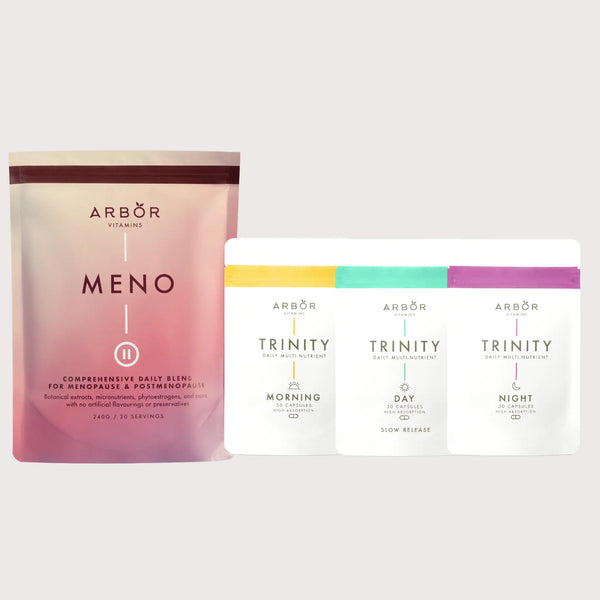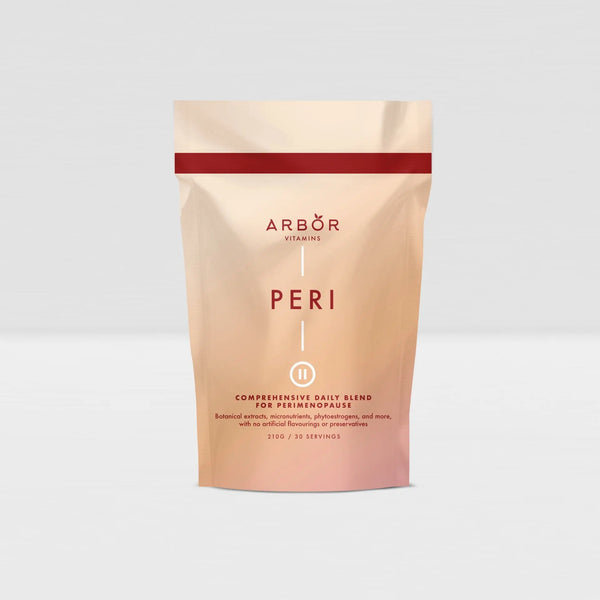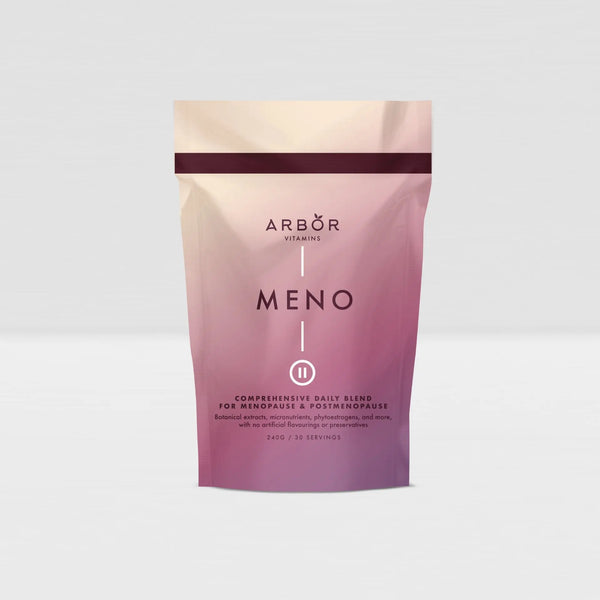Vitamin and Mineral Interactions Understanding How Nutrient Timing and Pairing Boost Absorption
Vitamin and Mineral Interactions: Getting the most out of your vitamins and minerals isn’t just about taking them — it’s about how, when and with what you take them. Certain nutrients support each other’s absorption (synergistic), while others compete for absorption pathways in the body (antagonistic). This article breaks down these interactions and shows how formulations like TRINITY Multi-Nutrients are designed to work in harmony with your body’s needs across the day.
Interactions Chart:

Synergistic Nutrient Interactions: Nutrients That Work Better Together
Some vitamins and minerals enhance each other’s effectiveness when taken together — like puzzle pieces that complete each other.
| Nutrient Pair | Function | Where in TRINITY |
|---|---|---|
| Vitamin D + Calcium | Vitamin D boosts calcium absorption, supporting bones and teeth | ✅ TRINITY Day |
| Vitamin C + Iron | Vitamin C increases non-heme iron bioavailability | ✅ TRINITY Morning |
| Vitamin A + Zinc | Zinc supports vitamin A transport and usage; vitamin A enhances zinc absorption | ✅ TRINITY Night |
By aligning these nutrients within separate TRINITY capsules (Morning, Day, Night), absorption is enhanced without conflict.
Understanding these synergistic interactions can guide us in selecting nutrient-rich food combinations or supplement formulations that maximise absorption.

Competitive Interactions: Nutrients That Inhibit Each Other
Not all nutrient combinations are helpful — some can block or reduce absorption when taken together. For instance:
-
Calcium vs Iron: These minerals compete in the gut. TRINITY separates them: Iron is in the Morning capsule, while Calcium is in the Day capsule to avoid competition.
-
Zinc vs Copper: High doses of zinc can reduce copper absorption. TRINITY maintains a balanced ratio to prevent imbalances.
Understanding these dynamics is essential for intelligent nutrient scheduling.

pH Levels and Absorption: Acid vs Alkaline
The acidity or alkalinity in your digestive tract affects how certain nutrients are absorbed.
| Nutrient | Optimal pH Environment | TRINITY Design Insight |
|---|---|---|
| Iron | Acidic | Paired with Vitamin C in TRINITY Morning to enhance absorption |
| Calcium | Alkaline | Included in TRINITY Day, spaced away from iron intake |
By dividing nutrients across Morning, Day and Night capsules, TRINITY optimises their environment for maximum uptake.

Dietary Compounds That Impact Absorption
What we eat affects how our body absorbs nutrients. Here's how to navigate it:
-
Fibre: High fibre can bind minerals (like zinc and magnesium), reducing uptake. Consider spacing fibre-rich meals away from your supplements.
-
Phytates & Oxalates: Found in grains, nuts and spinach — these compounds can reduce mineral bioavailability. Soaking, fermenting or cooking such foods reduces their anti-nutrient effects.
TRINITY is formulated to work around these barriers, giving you the best chance at full absorption without relying solely on dietary timing.
Formulation Matters: Why TRINITY Is Different
TRINITY Multi-Nutrients by Arbor Vitamins is crafted with both nutrient science and circadian rhythm in mind. Unlike single-dosing multivitamins, TRINITY separates nutrients across the day to reduce competition and enhance synergy.
-
⏰ Time-Optimised Delivery: Nutrients delivered when your body needs them most.
-
🔗 Synergistic Combinations: Carefully chosen pairings that enhance absorption.
-
🧼 No Fillers or Artificial Additives: Just clean, highly bioavailable nutrients.
This unique approach means you’re not only avoiding poor absorption — you’re actively optimising it.











